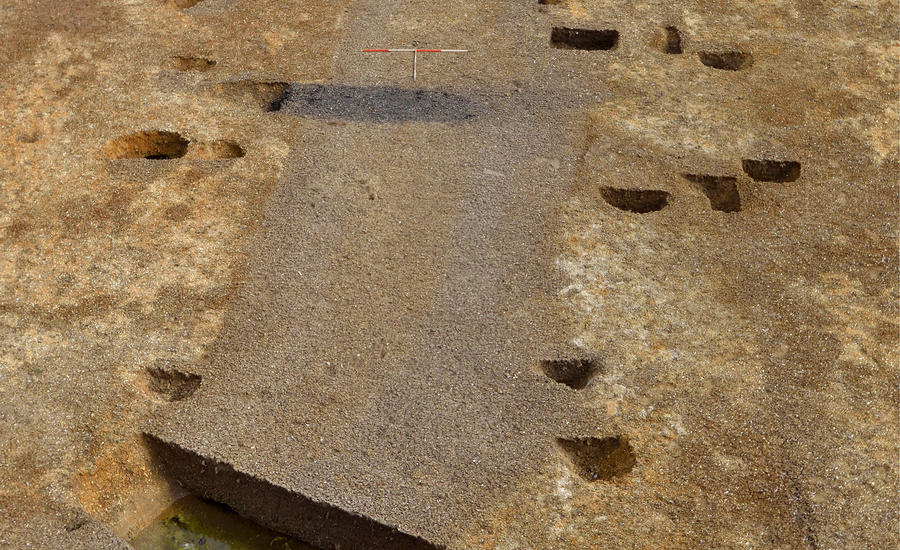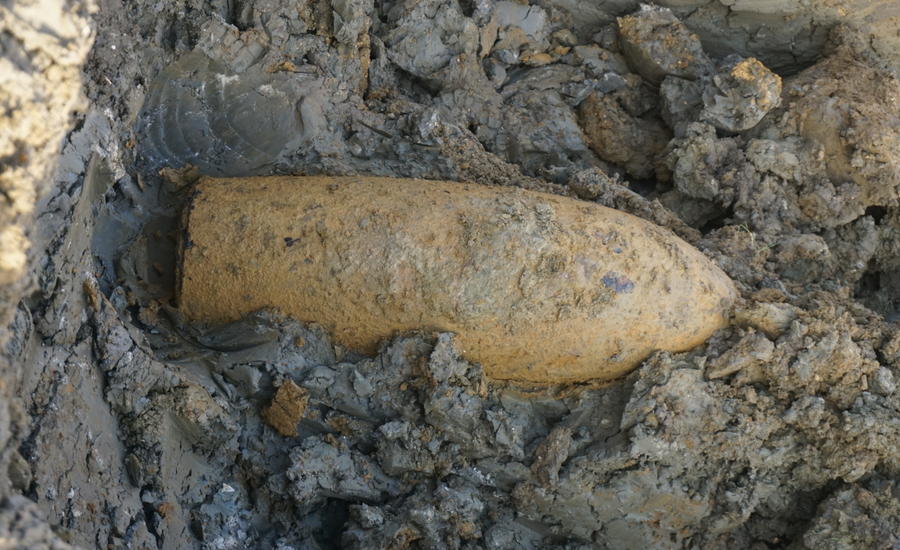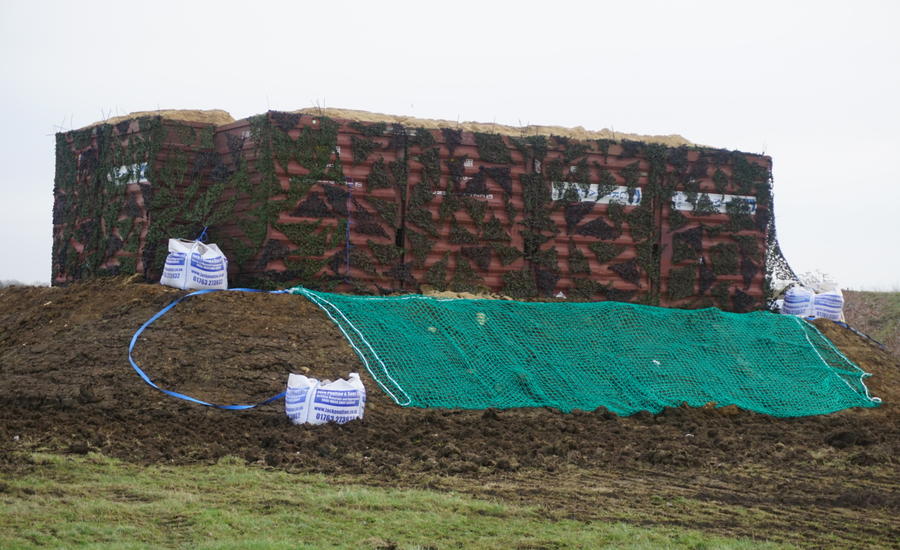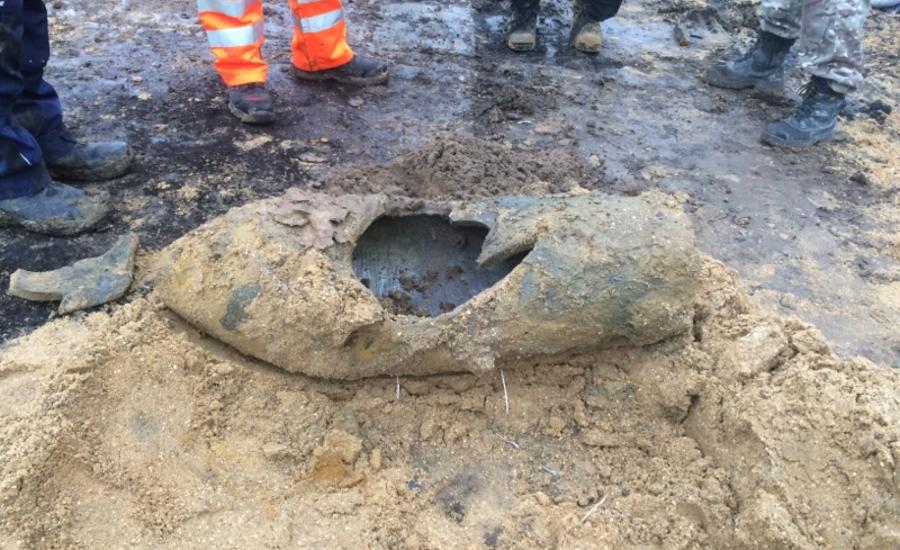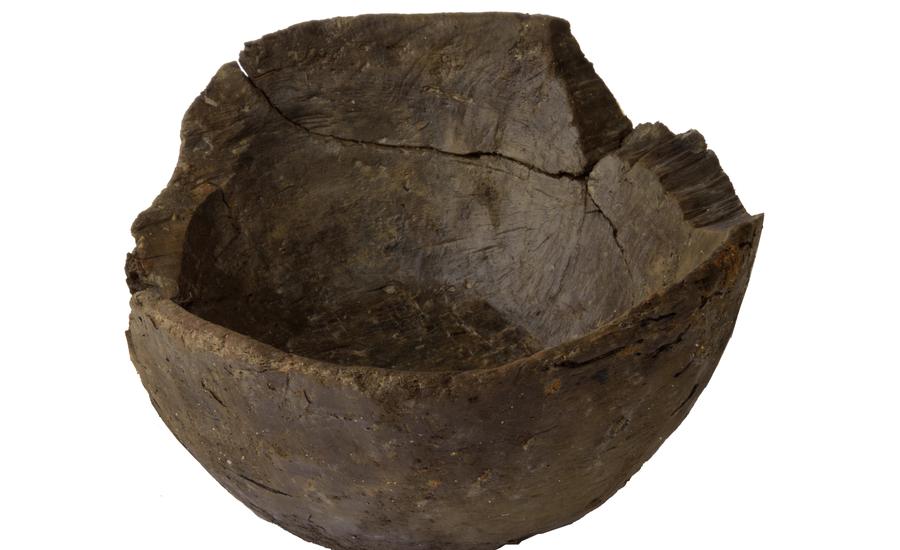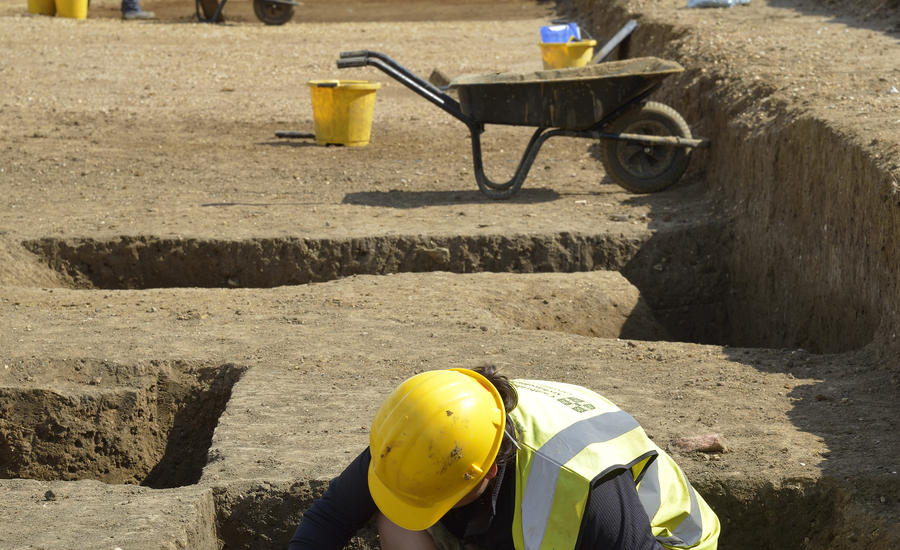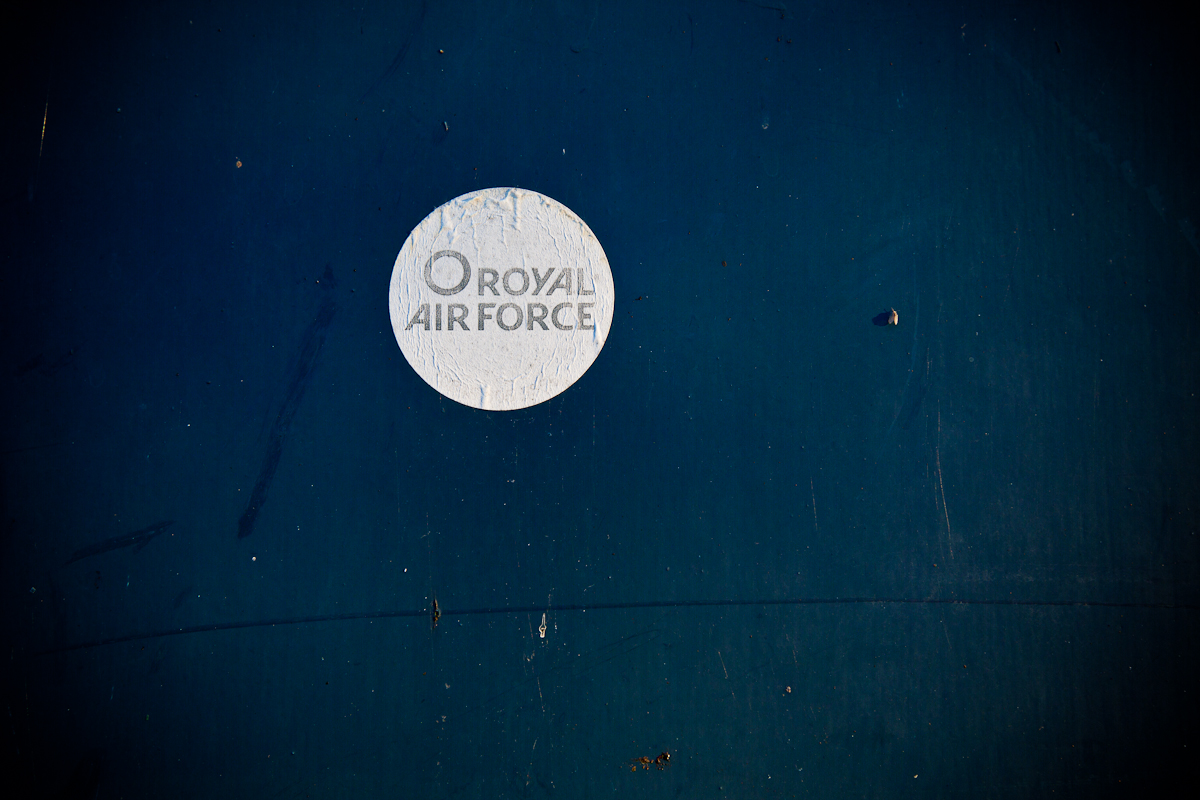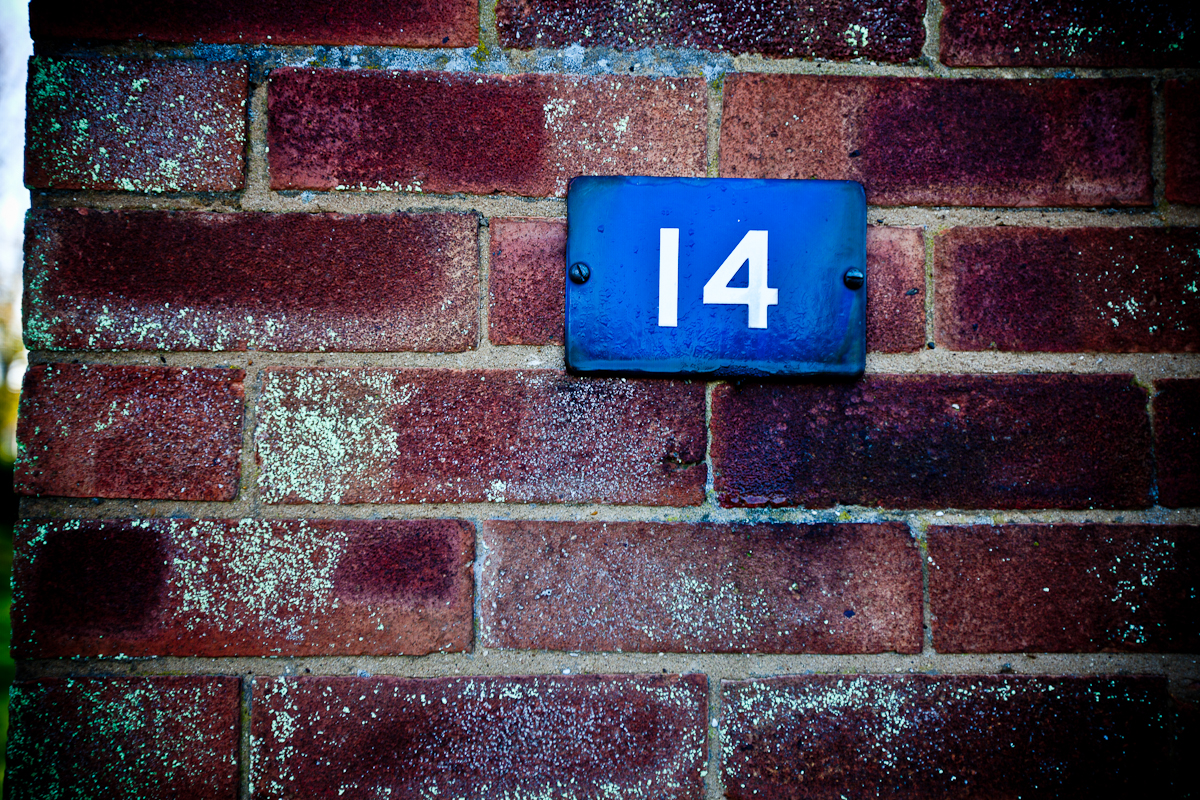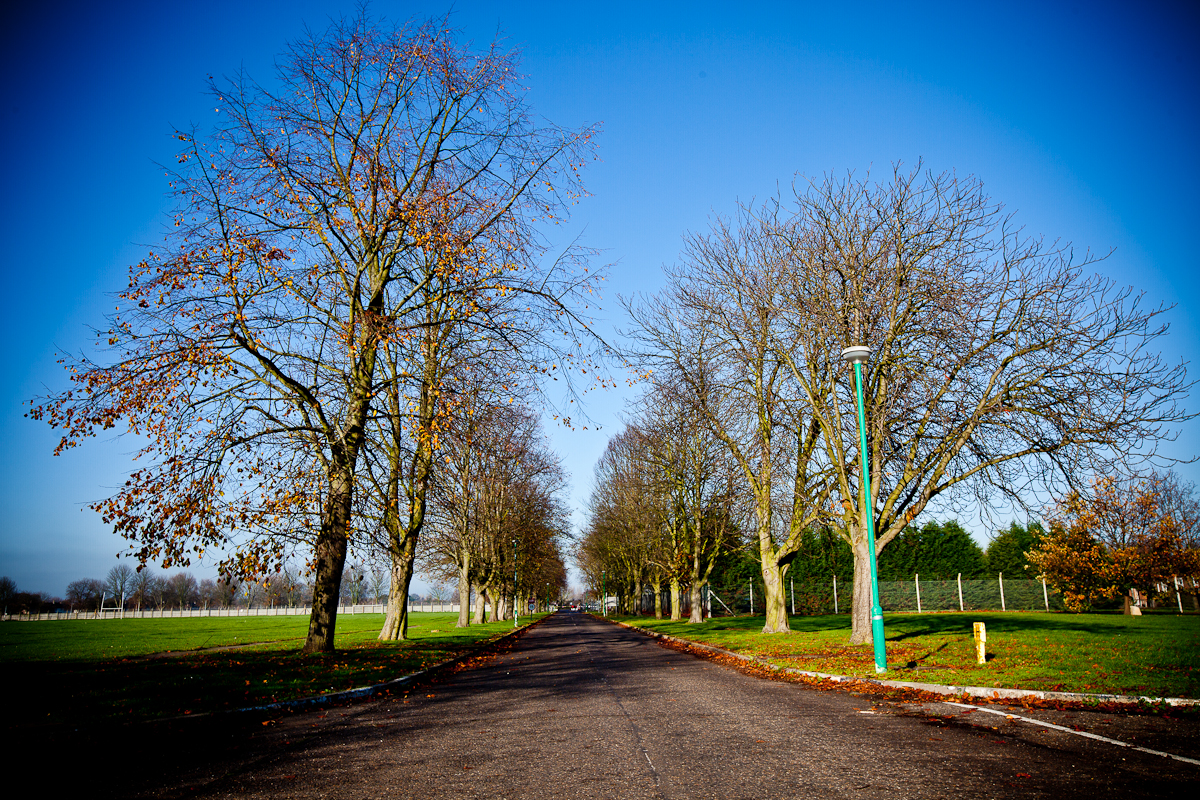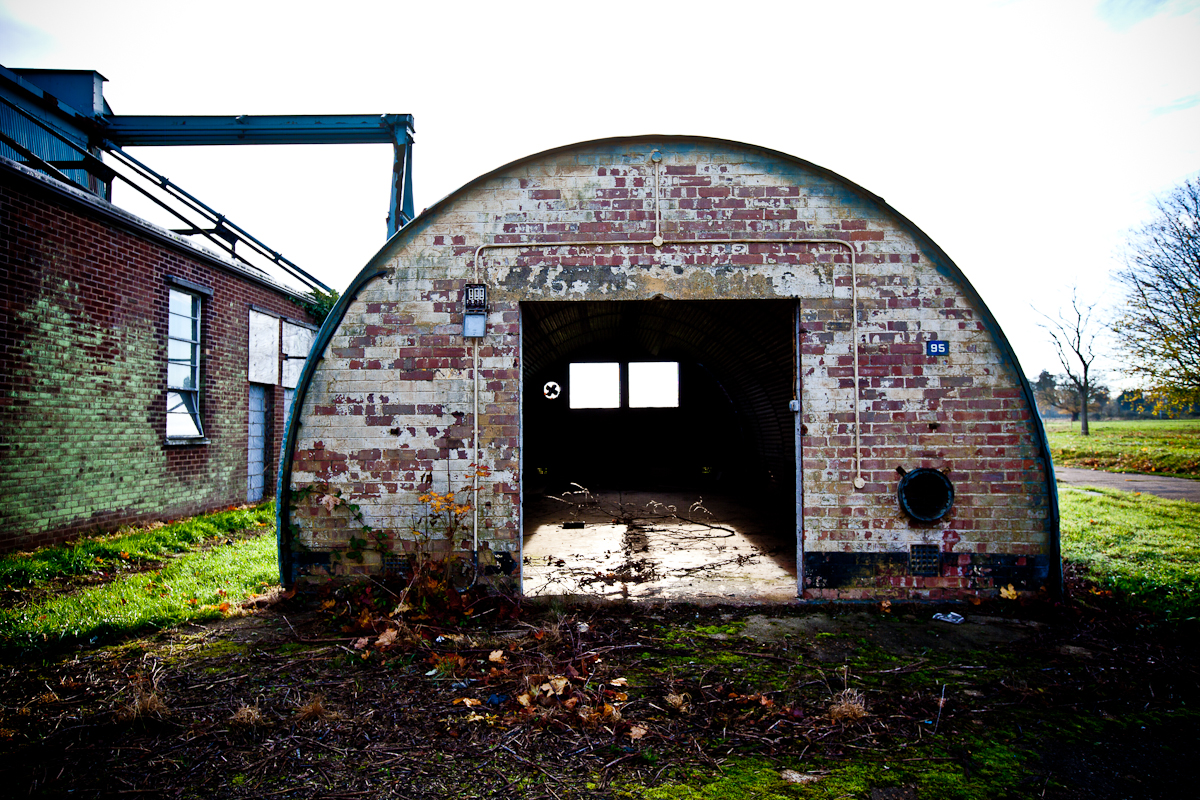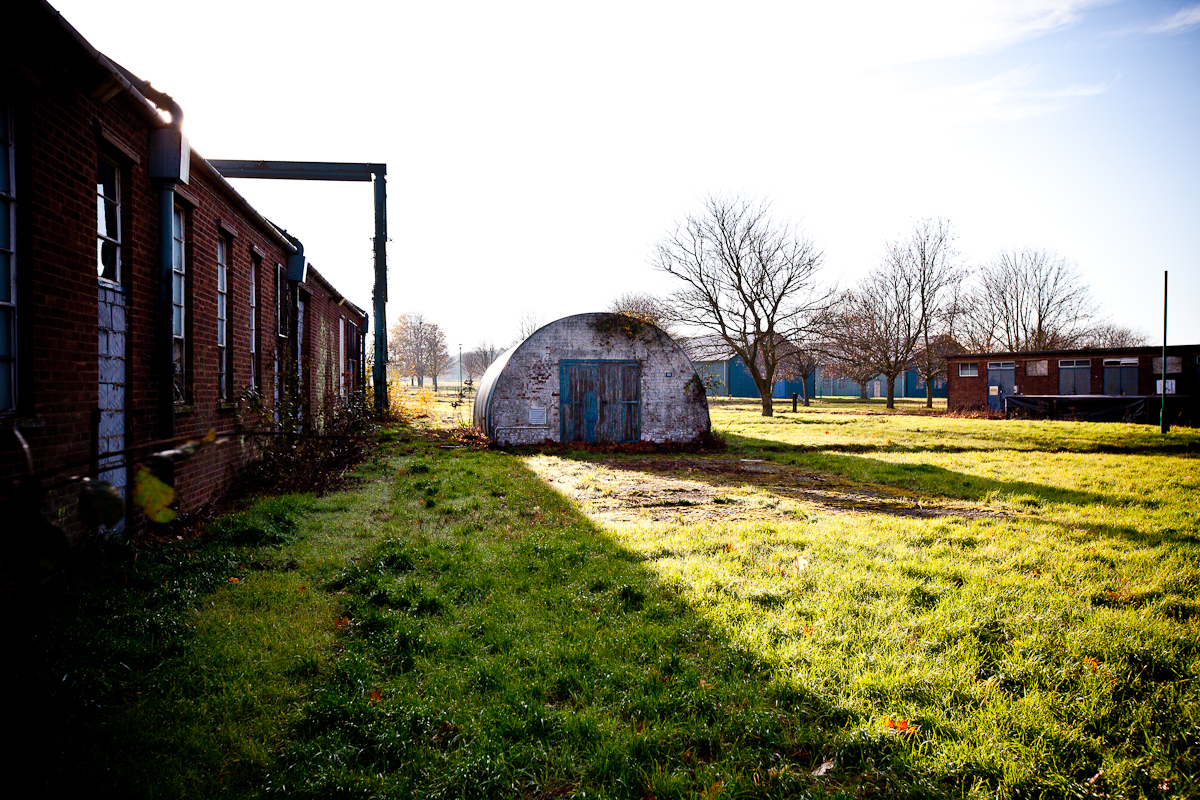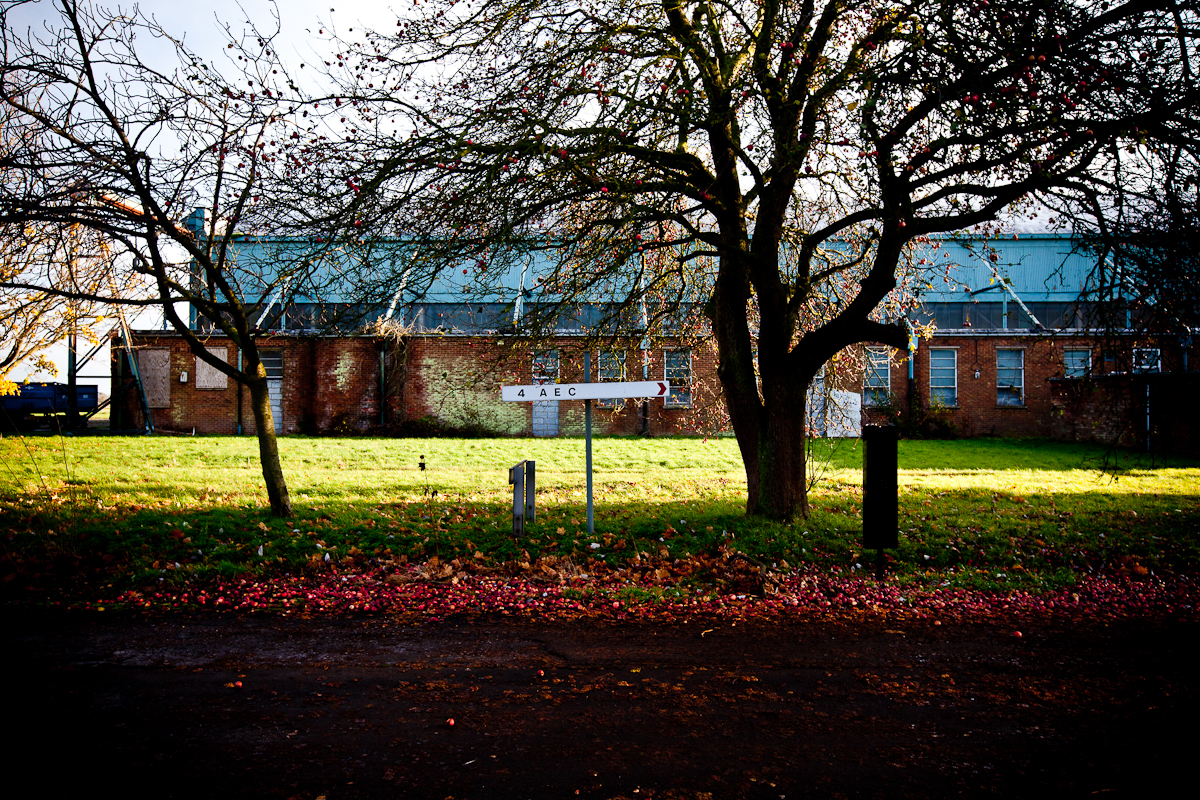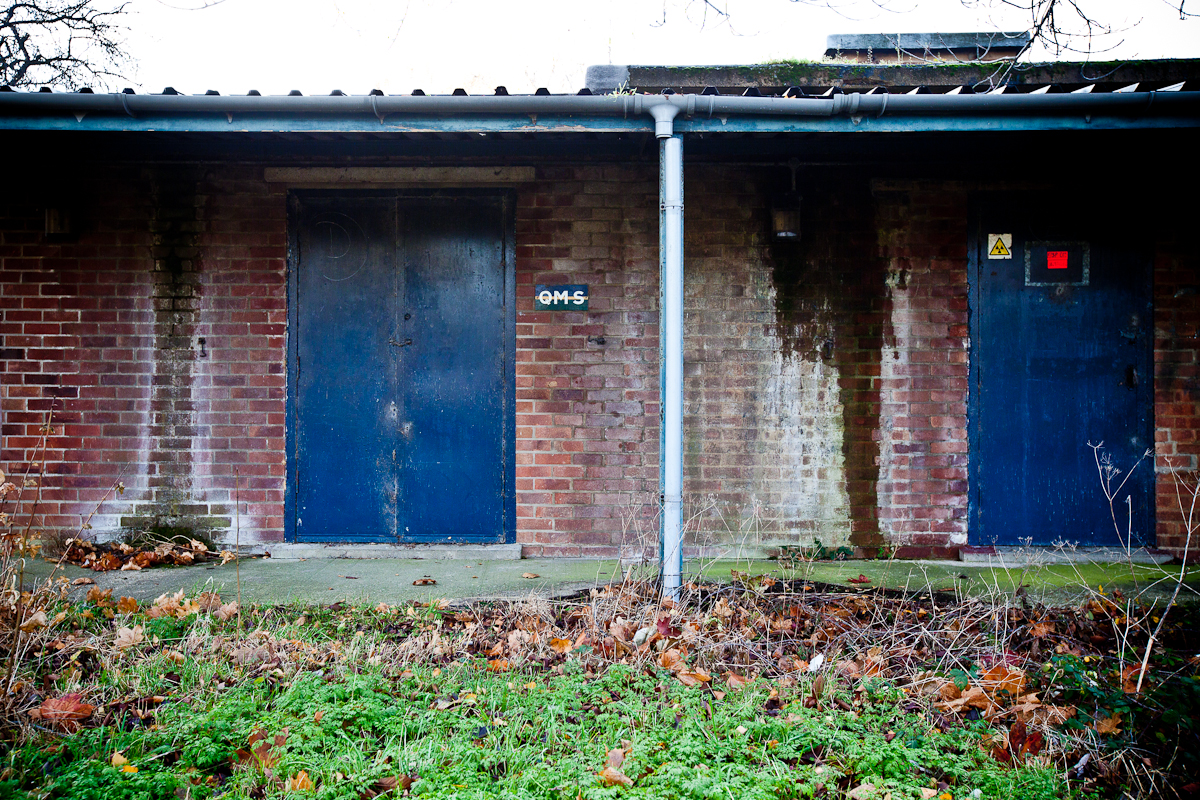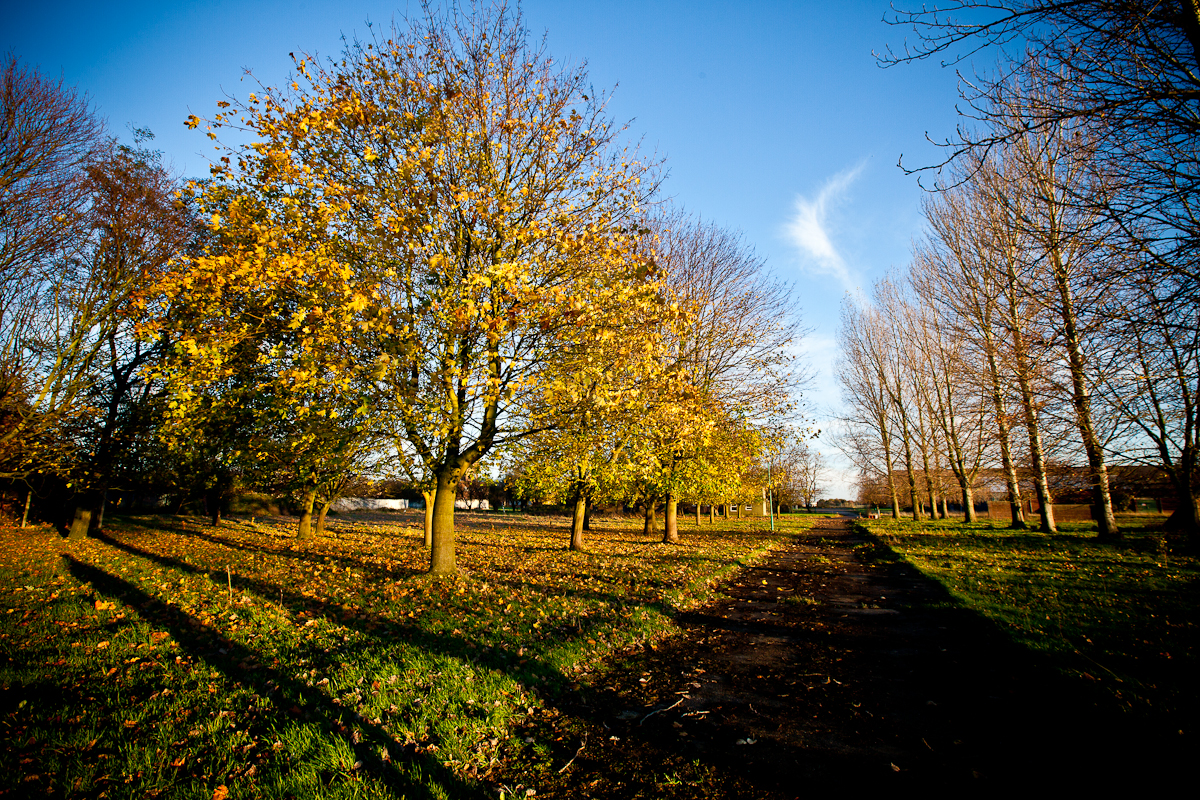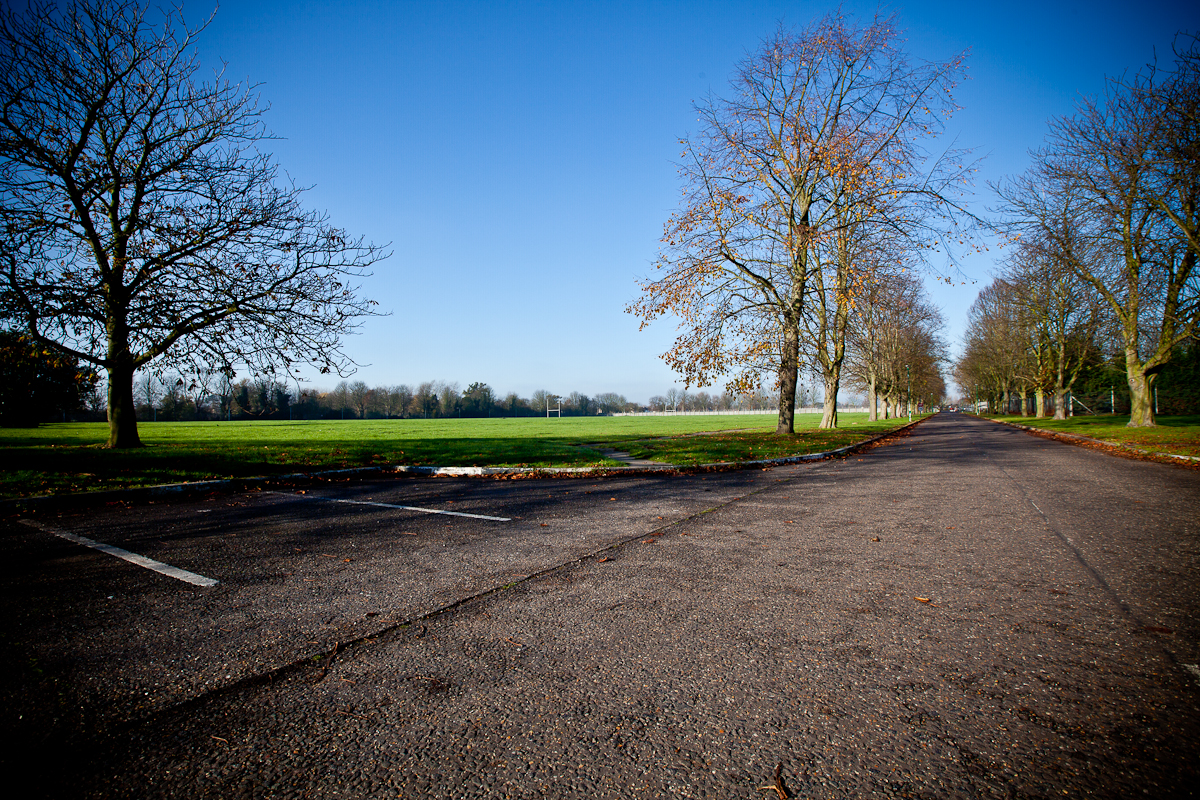The site
In the post war years Oakington Airfield came under the control of Transport Command, and in March 1975 it was handed over to the Army and became home to the East Anglian Regiment.
The airfield was taken over by the Home Office in 2000 and converted to an immigration centre. Between opening and mid-2005 the centre had processed over 40,000 people who had been arrested for entering the country illegally. The centre closed in November 2010.
In March 2006 the site was acquired by English Partnerships, and then transferred to the newly created Homes and Communities Agency (HCA) in 2008, now Homes England, when English Partnerships was disbanded. The HCA cleared the site ready for development, maintaining some listed items of interest and other buildings for reference points.
Planning
Gallagher is one of the 'master developers' at Northstowe. They began site assembly with Defence Estates more than 15 years ago and promoted the site through the planning system together with the concept of a rapid transit system (subsequently the Guided Busway) along the then disused railway line between St Ives and Cambridge. The site and the transport system was adopted in the Cambridgeshire structure plan in 2003, and taken forward in 2006/7 through the South Cambridgeshire Core Strategy and Northstowe Area Action Plan.
Gallagher and English Partnerships submitted a joint outline planning application in 2007, which was undetermined by South Cambridgeshire District Council. Subsequently the development of the site stalled during the economic downturn. Progress started again in earnest in 2009/10 when the MoD site was inherited by the HCA, and together with surrounding farmland was brought forward in partnership with Gallagher as 'joint promoters' of Northstowe.
A Development Framework Document for the whole of Northstowe has been approved and in place since 2012 and the first outline planning permission for homes at Northstowe was in 2014 to Gallagher to progress development on land adjacent to the MoD site, with the first phase of 1500 homes, a primary school, road improvements and a local centre, community facilities plus £30m for community facilities through a legal agreement. Substantial earthworks, B1050 road improvements, and internal highway and drainage works commenced on site in 2015 and construction of the primary school building.
Also in 2015 outline consent was agreed in principle for the HCA to build on MoD land a further 3,500 homes, a town centre, 3 more schools including a secondary school education campus, a link road to the A14, plus a road linking the town to the Guided Busway. A further legal agreement for £73m was also agreed in principle by the Councils for community facilities.
Pre-war - 'the hundred of northstow'
The new town of Northstowe sits in an area that is rich in history, dating back to the time of the Romans and before. We have captured images of archaeological finding in our archaeology and history gallery.
The name Northstowe derives from the Hundred of Northstow. A Hundred historically was a subdivision of a county, having its own court. The hundred of Northstow consisted of the parishes, Girton, Impington, Landbeach, Lolworth, Longstanton, Madingley, Milton, Oakington, Rampton and Waterbeach.
Northstowe will be bordered by two villages, Longstanton and Oakington. The present village of Longstanton was created in 1953 and is an amalgamation of two villages, these being Long Stanton All Saints and Long Stanton St Michaels.
Oakington was formed just over a mile to the north east of a Roman road (now the A14) and early Anglo-Saxon burials have been found near the church. The village has long been paired with neighbouring Westwick, and in 1985 the two parishes were merged to form the civil parish of Oakington and Westwick.
Part of the Cambridge and Huntingdon railway reached both Longstanton and Oakington in 1847. The Oakington Railway Station opened in 1848 and the Longstanton station was immortalised in the Flanders and Swann song, ‘Slow Train’. The line closed in 1970, but is now used by the Cambridgeshire Guided Busway.
Oakington Airfield
The airfield was built in 1939/40 and was a premier RAF station for 35 years. Oakington airfield was the original home of the Short Stirling, the first four-engined heavy bomber to enter service, as well as other aircraft such as Blenheims, Wellingtons, Stirlings, Lancasters, and Mosquitoes.
The heavy Stirlings caused havoc with the grass runways and the construction of concrete runways began in late 1941. (In the same year that King George VI visited the airfield). During the war the airfield was home to 7 Squadron whose crews received more than 500 gallantry awards. A total of 546 operations were mounted and 165 aircraft were lost – the third highest losses in Bomber Command.
Personnel from RAF Oakington, and later Oakington Barracks, lived in accommodation within Longstanton. All the war graves are located in Longstanton, hence the village, and in particular All Saints’ church (with its Roll of Honour and memorial window), remains to this day the spiritual home of 7 Squadron Association.
For further information on the local area, see Longstanton and District Heritage Society's website
